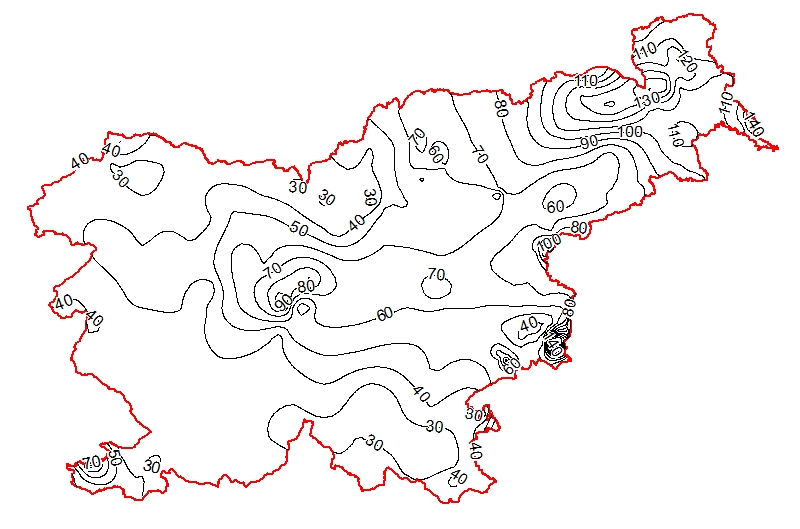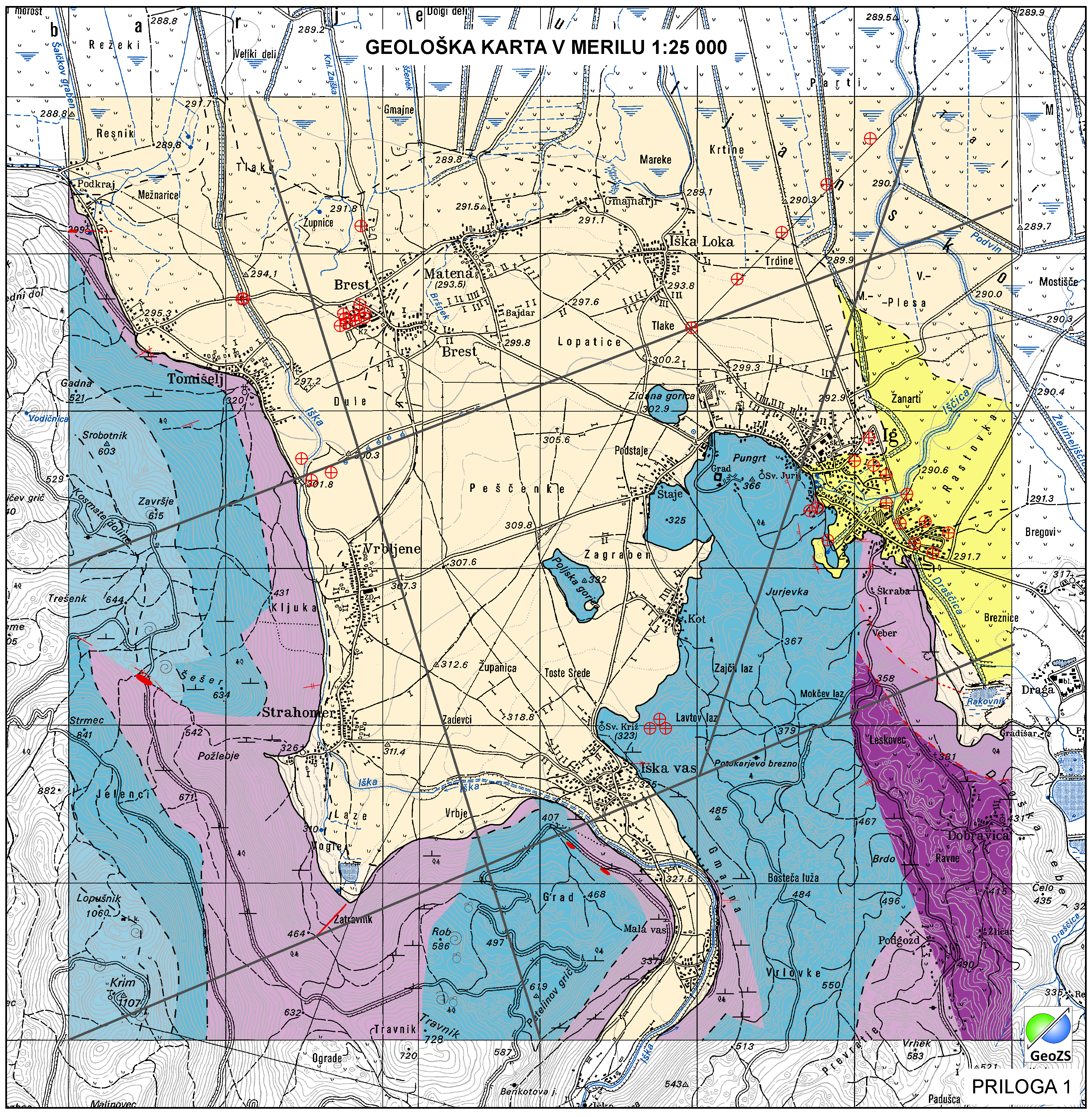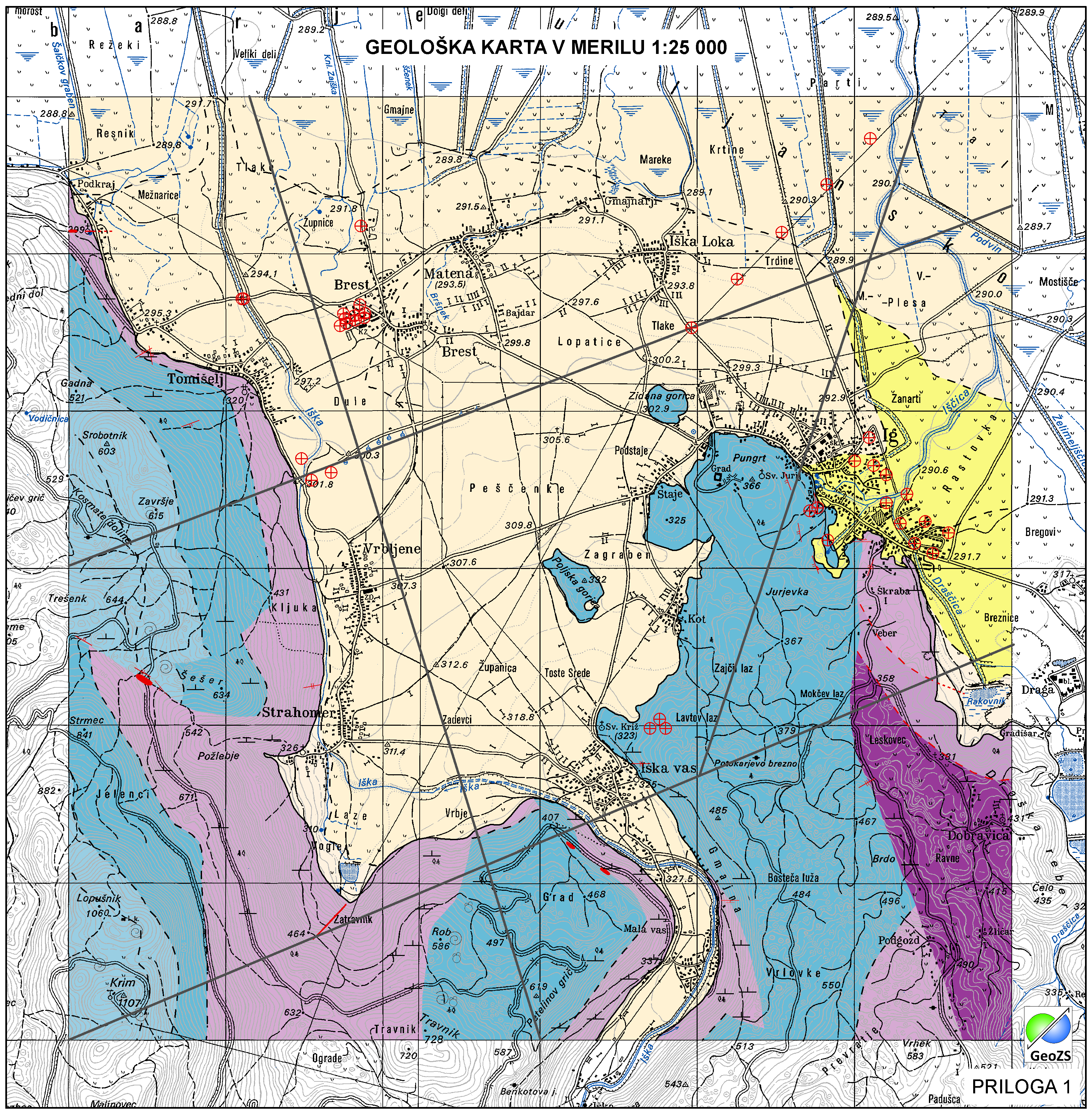Category
INSPIRE
226 record(s)
Type of resources
Categories
INSPIRE themes
Keywords
Contact for the resource
Formats
Representation types
Scale
Resolution
-
This download service provides INSPIRE compliant data.
-

Map represents the calculated (surface) heat-flow density (HFD) in mW/m2 with topographic correction. It is made with data from 119 boreholes from the measured temperatures in the available boreholes and measured thermal conductivity on cored rock samples from the same boreholes. The pattern of the HFD isolines is affected by numerous parameters, particularly the thermal conductivity of rocks, rock permeability and fracturing, fluid content of the rocks, and all are reflected in the measured temperature gradient in the boreholes.
-
This download service provides INSPIRE compliant data.
-
-
Mineral deposits and resources INSPIRE compliant WFS services for Minerals4EU
-
Mineral deposits and resources INSPIRE compliant WMS services for Minerals4EU
-
This download service provides INSPIRE compliant data.
-
This download service provides INSPIRE compliant data.
-

Data of Geological map were reclassified into classes of IAH classification on the base of hydrogeological characteristics. IAH classification is based on description of the hydrogeological units. Firstly, based on extensiveness and productivity and secondly on type of porosity. The purpose is to provide assistance to the strategy of groundwater exploitation as to protection and water resources management.
-

Layer shows the zones where the rock is systematically fractured.
 Slovenski INSPIRE metapodatkovni sistem
Slovenski INSPIRE metapodatkovni sistem